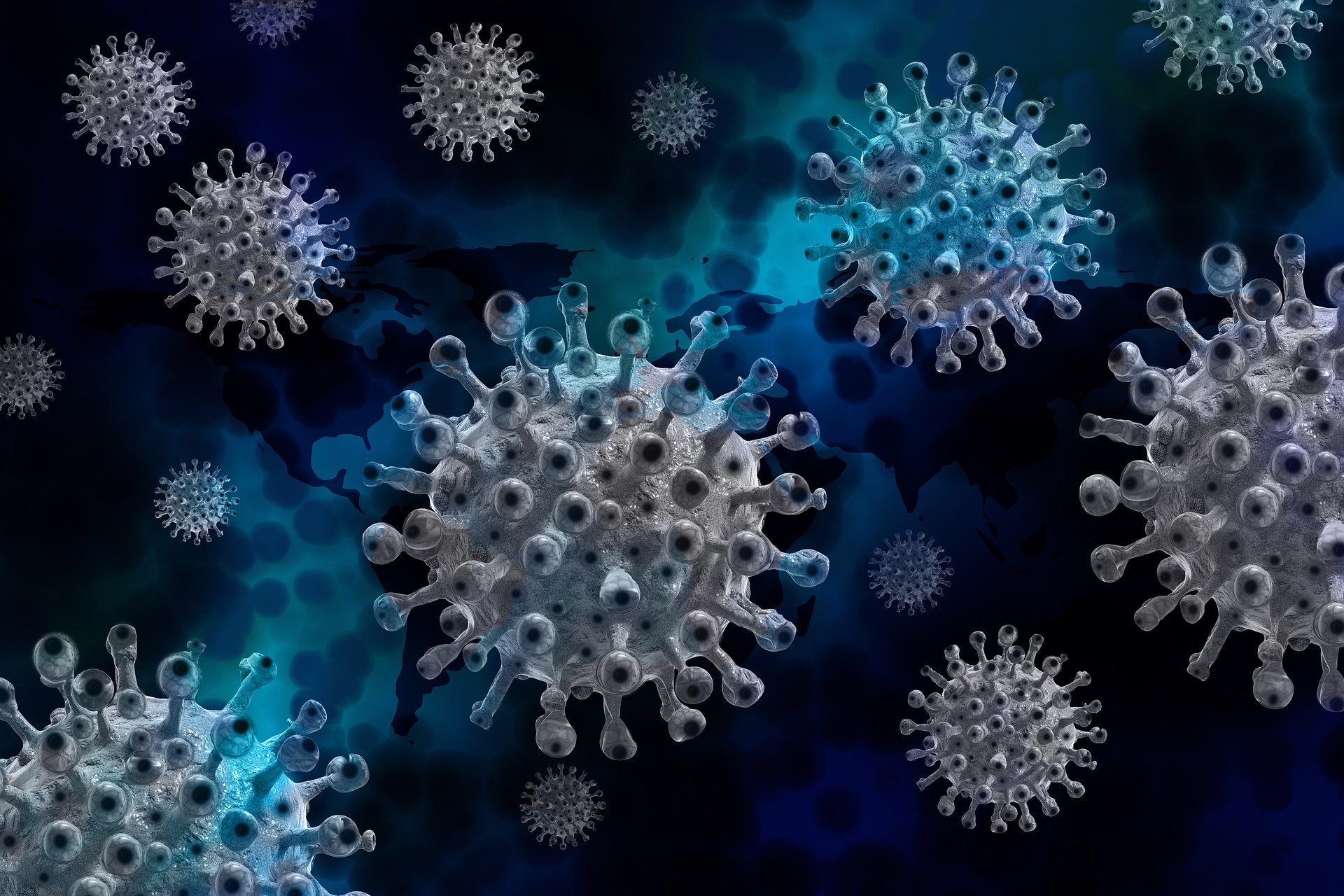Article Name
Facts and Factfulness
Published: May 12, 2021
Some time ago, a business acquaintance gave me the book Factfulness by Hans Rosling, which I know some of you have read. It discusses the reasons why we are frequently so wrong about the world, and why things are often better than what we might think. When someone like Bill Gates says: “It is one of the most important books I have ever read”, you know that you need to pay attention and that it is a must-read. I can personally recommend it wholeheartedly.

In the book, Rosling – who sadly passed away to pancreatic cancer in 2017 – describes how, over many decades, he had posed hundreds of factual questions about poverty, wealth, population growth, education, gender, violence, energy, the environment, and so forth, to thousands of people. The questions were not complicated; and there were no trick questions. Yet, most people fared extremely badly. He also asked some of these questions to the participants at the World Economic Forum in Davos every year – now, these people are the elite: central bankers, heads of state, captains of industry – you would expect them to know what is going on in the world, but they did even worse; it was appalling. In fact, Rosling said they did worse than what the chimpanzees at the zoo would do. Each question had three possible answers: A, B or C. Now, if he would go to the zoo and throw bananas marked A, B or C to the chimpanzees and take their answers according to which banana they ate next, then you would expect them to score about 33%. The guys in Davos usually only got about 12%, much worse than the chimps. In fact, every group of people completing the tests thinks the world is more frightening, more violent, more dangerous, more hopeless, more dramatic, than what it really is.

How can so many people be so wrong about so much? Worse than the chimps, worse than random selection? The reason is that we as humans have a defect: our human brains are the product of millions of years of evolution, and we are hard-wired with instincts that helped our ancestors to survive. Our brains jump to swift conclusions, generalise and categorise, has dramatic instincts – instincts that used to be useful thousands of years ago, but today we need to control our drama intake. Because it prevents us from seeing the world as it is, it can lead us terribly astray, towards making very bad decisions.
The media, of course, capitalises on these dramatic instincts of ours. Bad news sells newspapers, and good news is, well… not really news at all. We are continuously subjected to a never-ending stream of negative news from across the planet: war, famine, budget cuts, tax hikes, diseases, layoffs, stock market falls, crime, acts of terror, acts of God. Journalists reporting on flights that did not crash or crops that succeeded would quickly be out of a job. I am often amazed when I read newspaper articles and see how something that should have been a good-news story is framed from an angle that makes it seem bad. Inflation going up? Oh, all of us surely know how very bad higher inflation is – potentially higher interest rates, things just getting more expensive! Inflation going down? Oh, that is indeed horrible, because economic growth is going down, soon we will have deflation, and if anything is worse than inflation, it is deflation! Car sales going down? How very bad, soon these companies will be in trouble and will have to lay off people, killing jobs. Car sales going up? Now that is really terrible, over-congestion, just think about the impact on the environment, oh, we are all doomed. And in our beloved country, there is more than enough material to stoke fear in all of us and to keep the media pleasantly busy. You really need to dig very deep and search very far for some good news in the local media; it is often like consuming junk food through our mental systems.

No wonder we think the world is such a bad and dangerous place. It is what we are exposed to in terms of the news every day. But it is also how we are wired – the pain of the bad is much heavier than the joy of the good; it is in our genes to think negatively and to be on the lookout and on the alert for what could hurt us.
Before we blame journalists too much, let us remember that it is not their job to bring us a fact-based view. It is their job to run a business, to sell newspapers. They must compete for our attention or lose their jobs. It is not them. It is us. It is completely unrealistic and unfair to expect the media to change their ways so that they can provide us with a better and unbiased reflection of reality. Reflecting reality is not the media’s job. It is our own job to figure it out.

That brings me to the COVID-19 situation. If ever there was a need to have the facts, and to act on the facts, and nothing but the facts, it is this pandemic. Herewith a few examples of what could help our decision-making:
- What is the mortality curve across different ages? From the little that we now know, the coronavirus poses a negligible danger to kids and teenagers. Children are so fragile in many things in life, but it seems the opposite is true with COVID-19 – here they are actually extremely robust. There are the exceptions, but most youngsters will ride out the infection and remain asymptomatic, they will not even know that they had the virus. The issue surrounding kids is not their own health; it is the potential to spread it to teachers, parents and grandparents. Even after a year, we are still not 100% sure how big this risk is.
- What is the vulnerability of people with various, different co-morbidities? Somebody with diabetes? What about hypertension or a positive HIV status? What about asthmatics? People who already have a problem with their lungs? What impact does obesity have? We know by now that some of these are very serious co-morbidities, most noticeably diabetics and obese people. However, time has shown that asthmatics do not fall in the high-risk group.
- Is the vulnerability of older people due to age, or due to co-morbidities and lack of physical robustness? In other words, is the mortality rate of healthy, active seventy-five-year-olds lower than that of an obese thirty-year-old smoker who has neglected her health?
- What is the mortality by gender? And again, what is the impact of co-morbidities?
- If you have tested positive and do not have negative symptoms anymore, for how long are you immune to re-infection? How quickly does the virus mutate, and can it then be spread? The recent events in India shows that this can, indeed, be very fast.
- How many people have actually had the virus? We know that, due to lack of testing, asymptomatic cases, or pure ignorance, actual numbers are higher than official numbers. How much higher? Similarly, what are the actual death rates due to COVID-19? Again, we know that, due to poor data or ignorance or stigma, the number of actual COVID-19 deaths is higher than what the official statistics state.
- What is the impact of certain inoculation regimes in different environments? Is this the reason why mortality rates in Africa thus far seem to be lower than in other environments?
- What drugs or treatments have a positive impact on those who are sick?
- What are the longer-term effects on those who have been sick? Any lasting damage?
- How exactly is the virus spread? What is the viral load required for infection? How long can the virus survive on different surfaces?
- What are the second-order effects of lockdown on mortality? On mental health? What are the effects of economic consequences on mortality and morbidity?
We now have many more answers for most of these questions than a year ago, but how much do we still have to learn?
There are still so many things we do not know about the pandemic, which are vital in terms of policies and decision-making, to intelligently inform not only macro policy, but also our individual choices. I am sure that, as time progresses, and the pandemic runs its course, we shall get wiser on many of these things.
Perhaps the pandemic could prompt us to be more factful in life, not only as far as this crisis is concerned, but in life generally. Here are a few tips:
- A statistic on its own is often meaningless. Always consider it in relation to exposure. In other words, divide by something – actuaries call it “exposed to risk”. If I tell you that Group A had 20 deaths and Group B only 10, it might seem that Group A is a higher-risk group. But if I also tell you that the number of people in Group A (who were all exposed) was a million, and in Group B it was only a hundred, then it is clear that Group B is actually the higher-risk group.
- Remember that good news is usually not news and does not get reported. So, news is almost always bad; the fact that it seems that there is more bad news than good, is often only due to better surveillance of suffering, and not due to a worsening world.
- Humans find it very difficult to project and to think in a geometric way. It means we overestimate the short-term impact and under-estimate the long-term impact. And we usually project linearly into the distant future. If this is the trend today, then this trend will continue forever, or so our brains are wired to think, but very few things continue over long periods in straight lines and in only one direction. Do not assume straight lines. Trends usually curve up or down.
Finally, to end on a positive note, there are so many statistics that tell us that the world is actually becoming a better place over time. Here are only two from Factfulness:
- Two centuries ago, 85% of the world lived in extreme poverty. That means simply not having enough to eat. Children had to work to eat; the average child started working at ten. Until 1966, the year before I was born, the majority of the world still lived in extreme poverty. Today? Only 9%, and almost exclusively confined to one continent (Africa). And even in Africa, it is coming down. Almost everybody has escaped hell. We should celebrate it, throw a big party (once social distancing allows us to throw big parties again)!
- Two centuries ago, when many still starved to death and British children worked in coal mines, life expectancy was roughly 30 years everywhere in the world. This was more or less consistent throughout history. Today? Seventy-two, and rising. Over these two centuries, the percentage of children dying before their fifth birthday has reduced from 44% to 4%.
The world is becoming a better place, but slowly, and sometimes with regression to previous worse states. We have actually never had it so good. Even this pandemic will pass. May it also prompt us to dodge the drama and the sensation a bit and strive to always be factful.
https://www.pps.co.za/ceo-blog/facts-and-factfulness

